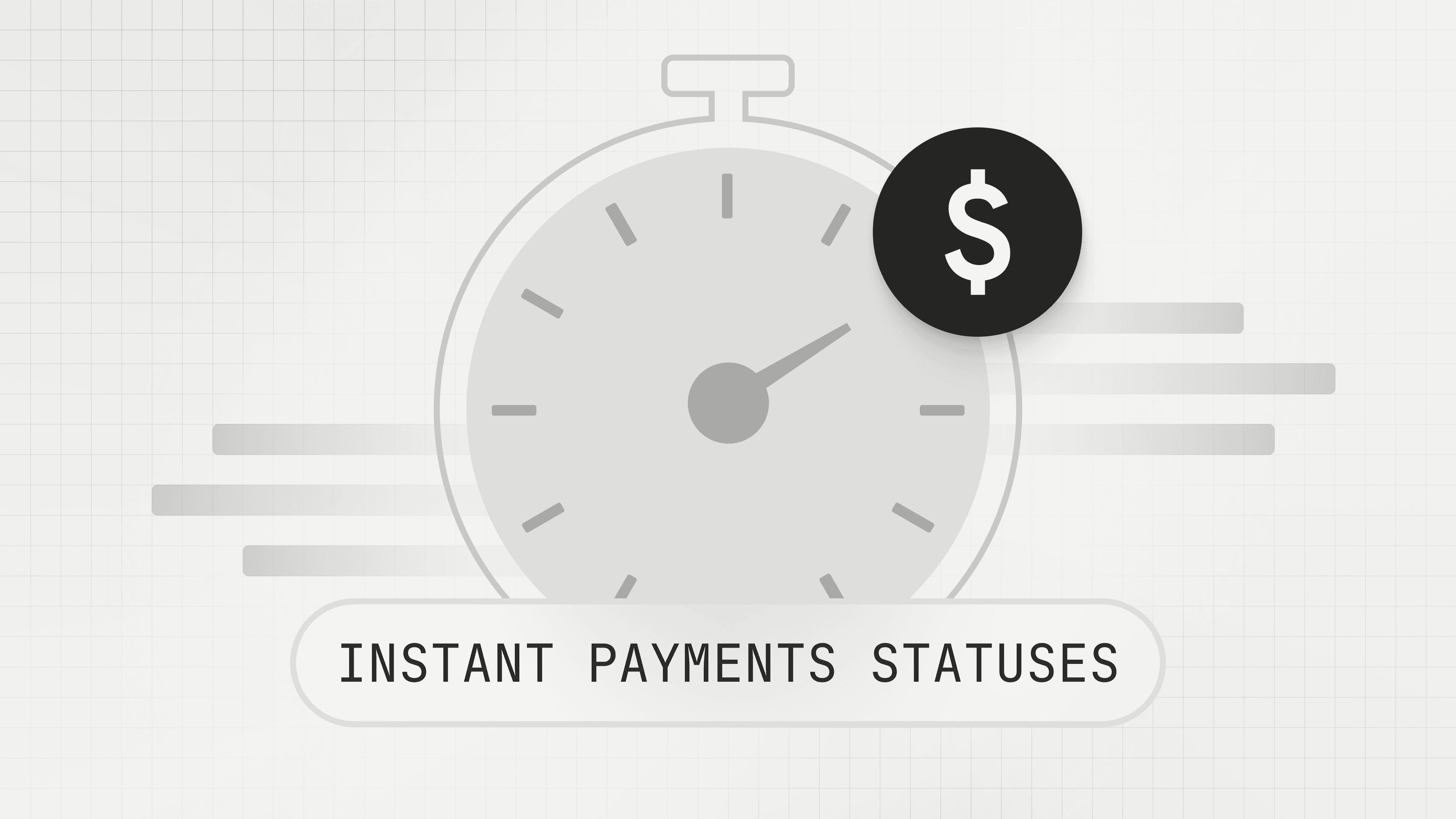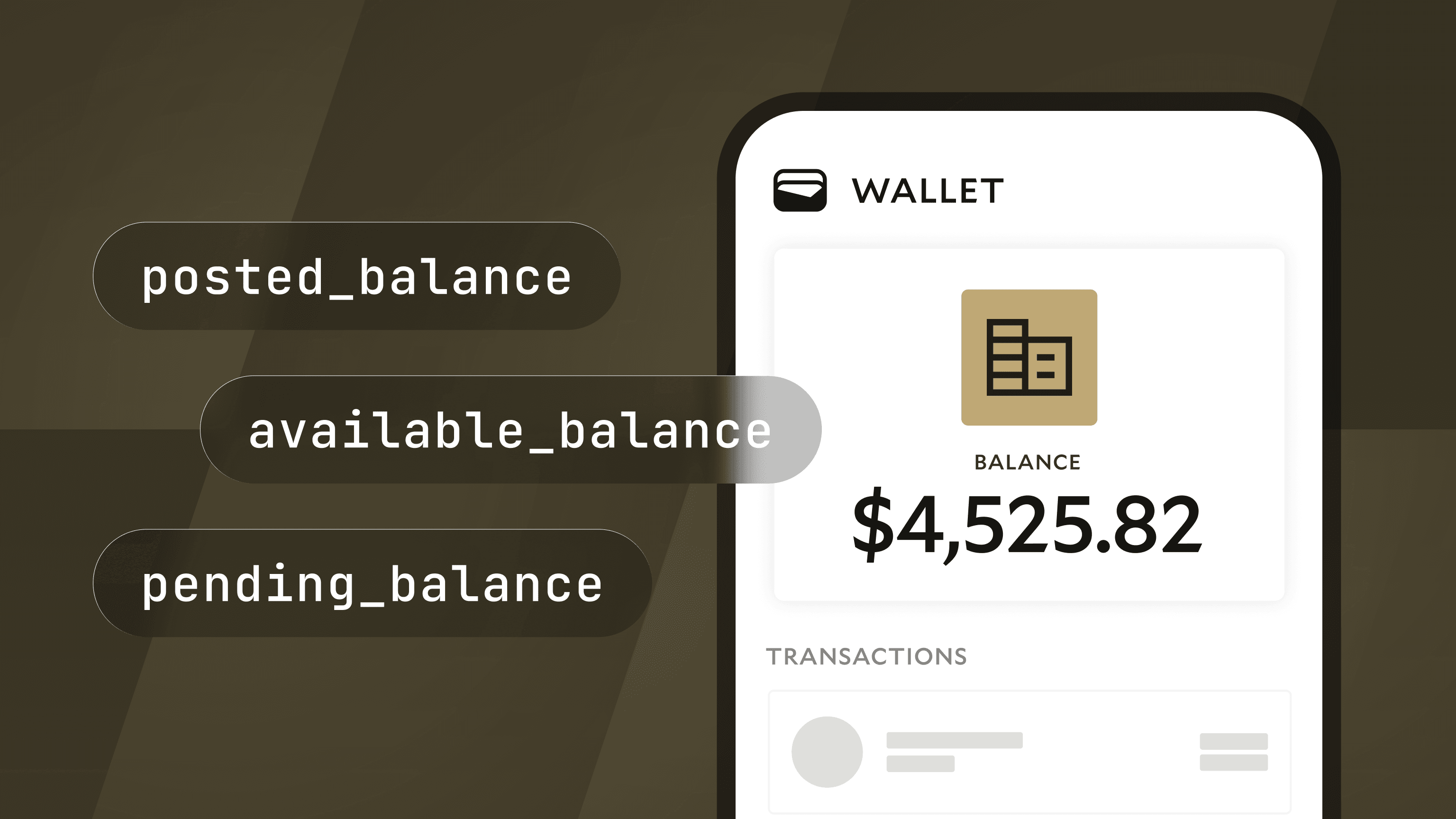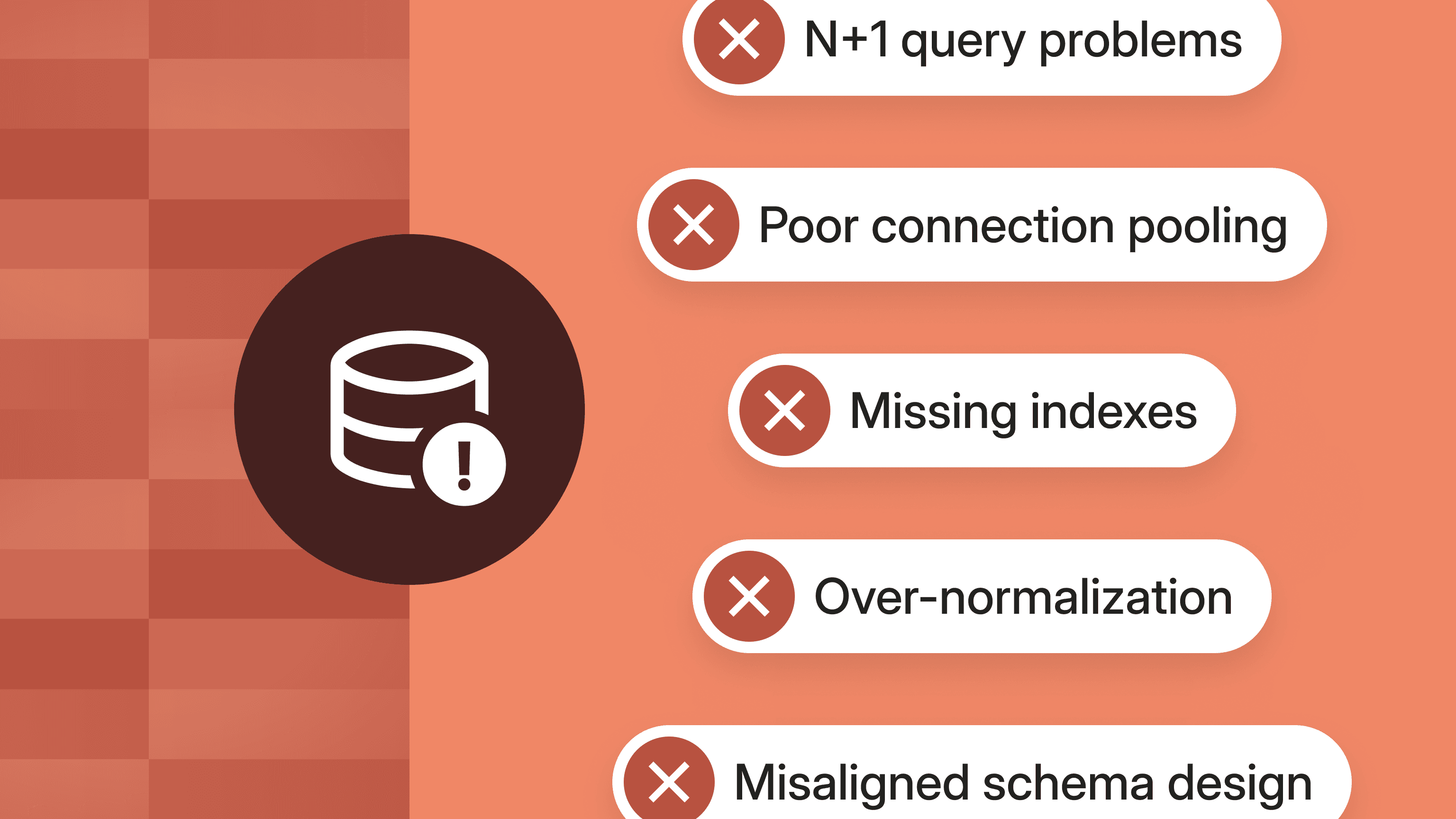Modern Treasury has acquired Beam.Build for what's next →
What are Interchange Fees and How do They Work?
In April, Visa and Mastercard will raise interchange fees – the fees set by the networks to determine how much merchants must pay to accept consumer cards.

The Wall Street Journal reported that in April, Visa and Mastercard will raise interchange fees—the fees set by the networks to determine how much merchants must pay to accept consumer cards. With this raise in fees, it’s expected that merchants will spend hundreds of millions of dollars in additional interchange fees.
With this news in mind, we wanted to discuss the role of interchange and steps merchants are taking to fight against these rising costs.
What Is Interchange?
Visa and Mastercard are the creators of a two-sided network that connects issuing banks (the banks issuing cards to customers) with acquiring banks (the banks enabling merchants to accept card payments). It’s a network of co-opetition—issuing banks compete for cardholders on the one side, acquiring banks compete for merchants, on the other. Through Visa and Mastercard, the two sides of the network coordinate on a set of standards and operational rules. Most large banks today operate businesses for issuing and acquiring.
The card networks created the interchange revenue model to balance the interests of both sides of the network. Interchange is the mechanism to transfer value from the merchants—who benefit from accepting payment cards—to the issuers, who incur costs associated with marketing, servicing, and supporting (e.g. credit / fraud risks) those cards.
Here’s how it works:

Visa and Mastercard create interchange schedules, which layout the costs of accepting cards. They do not directly participate in the flow of funds between the acquiring and issuing banks. Instead, Visa and MasterCard collect a fee, for each payment they enable.
Commercial Dynamics of Interchange
The competitive dynamics of the network encourage interchange increases. Customers want higher rewards cards; issuers want interchange rates to support those rewards; Visa and Mastercard want to offer products (i.e. interchange schedules) that win the issuers’ business. As the WSJ article highlights, merchants pay higher interchange fees on most rewards cards.
What’s left out is the merchants, who pay high fees (~3% on certain cards) for the ability to accept credit cards. As long as consumers choose credit cards as their preferred payment method, merchants have little choice but to be price-takers in the market.
Network Dynamics are Changing
Historically, issuers—the more profitable side of the network—held the largest influence over the networks. However, there are early signs that the network dynamics might be changing.
One sign is that users are opting for new payment methods enabled by fintech innovation. For example, users are flocking to BNPL (or Buy Now, Pay Later) providers, such as Affirm and Klarna, for their clean user experiences and transparency around consumer credit. Users also rely upon digital wallets, such as PayPal’s Venmo and Square’s Cash App, to complete daily transactions like rent, utilities, or restaurant checks.
On the other side of the network, merchants are pushing back against the interchange fees. Amazon threatened to stop accepting Visa credit cards in the UK due to high-transaction fees. Merchants are also promoting alternative payment options, like BNPL, and closed loop systems, such as Venmo, Cash App, and retailer wallets. Amazon and Walmart, for example, both announced that they would accept Venmo as a payment method.
Powering New Payment Options
While there are more viable alternatives to credit cards today than ever before, it would take a fundamental change in customer preference to pose a genuine threat to the interchange fee model, especially for retail and e-commerce use cases.
At the same time, the market for electronic payments is expanding, and bank payment rails, such as ACH, are playing a key role. Starting with payroll and utility bill payments, bank payment rails have grown to include insurance payments, rent payments, lending, and more as services have moved online.
At Modern Treasury, we provide the payment operations infrastructure to enable new commerce experiences. Customers such as Pipe use Modern Treasury to embed bank-payment capabilities directly within their software applications. Payment, once a separate piece of commerce, is now becoming one component within a larger integrated experience.
As software continues to disrupt the world, we expect the way we transact to change as well. After all, the model of instant authorization—pioneered by the card networks—is less important when software applications authenticate users directly, and Modern Treasury programmatically reconciles transactions.
As bank payment rails (e.g. FedNow and RTP) continue to innovate, and large sectors of the economy move online, our team is excited to continue building the tools to enable the next wave of payment innovation.
If you’re interested in learning how Modern Treasury can help your business quickly move money, contact us.








